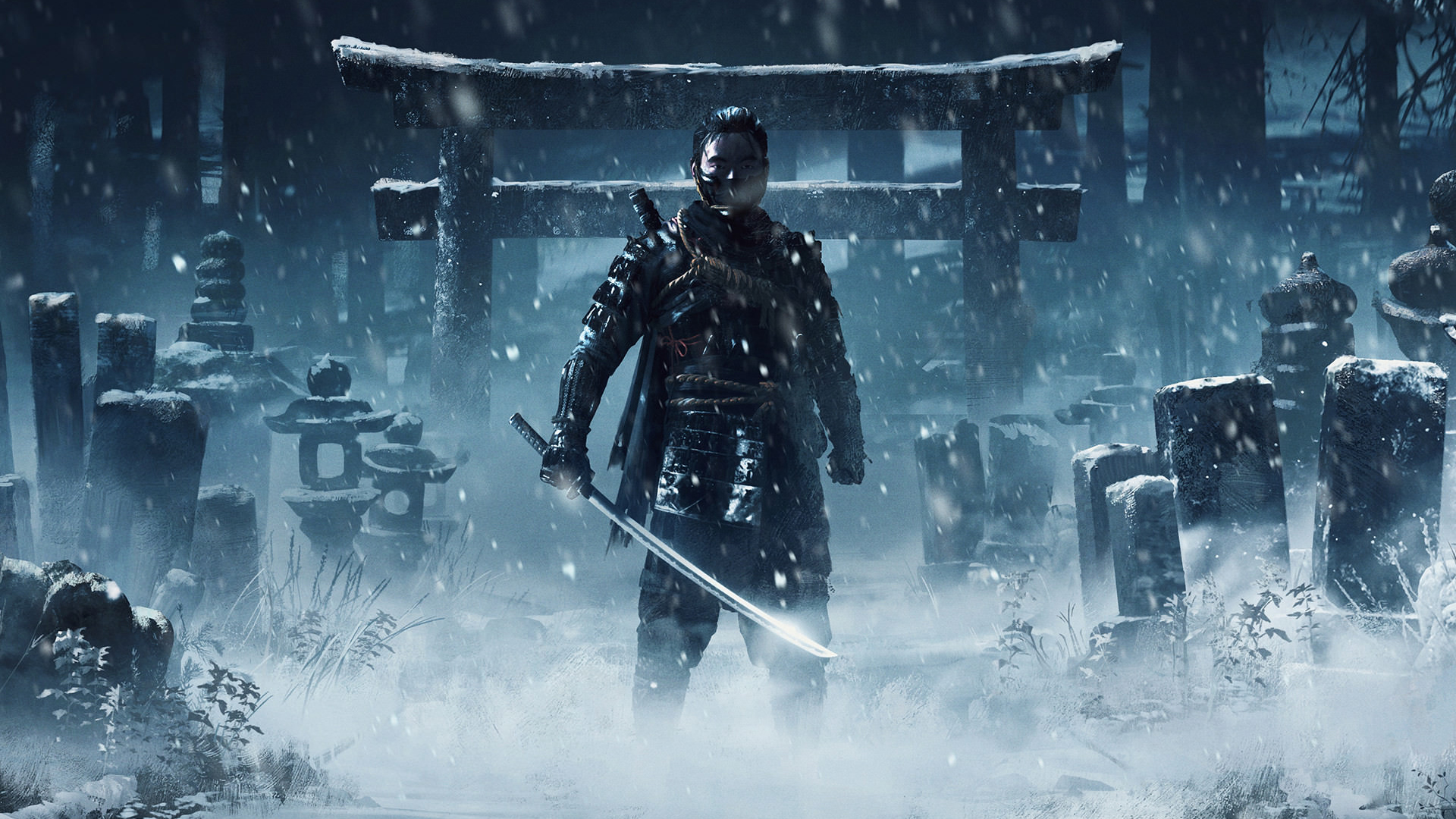
Singing crickets will unlock songs for Jin's flute, which let you magically command the dramatic weather at will. Haikus ask you to sit down and reflect on your picturesque surroundings. Torii gates will lead you to simple but daring-looking platforming challenges that reward you with spectacular vistas. Foxes will invite you to follow them down charming paths to nearby Inari shrines. Other in-world devices, like plumes of smoke, flying songbirds, foxes, Torii gates, talkative non-player characters, and more help to guide (or rather, distract) you toward new activities.Ī lot of these activities also work in service of making sure you see Tsushima's good side.


Without anything to draw your eyes away from your character and the world, the Guiding Wind pushes you to pay more attention to your surroundings, to let you more quickly internalise key landmarks that help you to get your bearings more easily later on, or just to feast your eyes. A swipe of the DualShock's touchpad will magically and visibly summon a strong gust that kicks up even more particles in an almost comically self-indulgent way, which acts as a more obvious nudge in the right direction. Instead, the game features an in-world device called Guiding Wind, in which the game's plethora of organic particles will subtly fall towards the location of whatever objective you need to reach. There's no option for an on-screen minimap or a compass to see which way you're going, and objective markers are barely there. And Ghost of Tsushima certainly makes a concerted effort to try and absorb you into its radiant world even further with its deliberate lack of navigational information. The game has an option to turn everything black and white in order to mimic the samurai films of Akira Kurosawa, but using it forgoes Tsushima's own distinct visual identity.Īt times, it almost feels as if art direction is trying a little bit too hard to draw attention to itself. At night, bright white moonlight glistens off dark blue lakes and waterfalls to illuminate everything around you. The island of Tsushima is a painter's palette vibrant red and yellow forests sit atop inviting green hills by day, blinding sunsets soak everything in a deep orange.

#Ghost of tsushima rating full#
And though the tasks you're given often aren't as brilliant as the colour of the leaves, there's certainly something wonderfully humbling about just riding your horse through this beautiful environment and taking it all in.īy clicking 'enter', you agree to GameSpot'sĪnd what an immediately beautiful world it is, full of bold, saturated colours, grandiose weather effects, and an overabundance of windswept leaves, petals, butterflies, and other small particles that make every location feel alive. Beyond being a game centred around flashy sword fights and the journey of Jin Sakai to becoming a proto-ninja, Ghost of Tsushima invites you to lose yourself deeply in its grasslands, forests, and mountains. While I can only make guesses as to how inspirational the rural areas of feudal Japan would have been, the scenic island portrayed in Ghost of Tsushima, an open-world 13th-century samurai epic, is one that often stirs something inside me. Skill with a weapon isn't purely driven by physical strength and technique, but also by the acuity that comes from observing trees, mountains, and rivers. If a youthful obsession with Japanese samurai cinema and an audiobook version of Musashi have taught me anything, it's that if you want to be a great swordfighter, having a connection to nature is important.


 0 kommentar(er)
0 kommentar(er)
